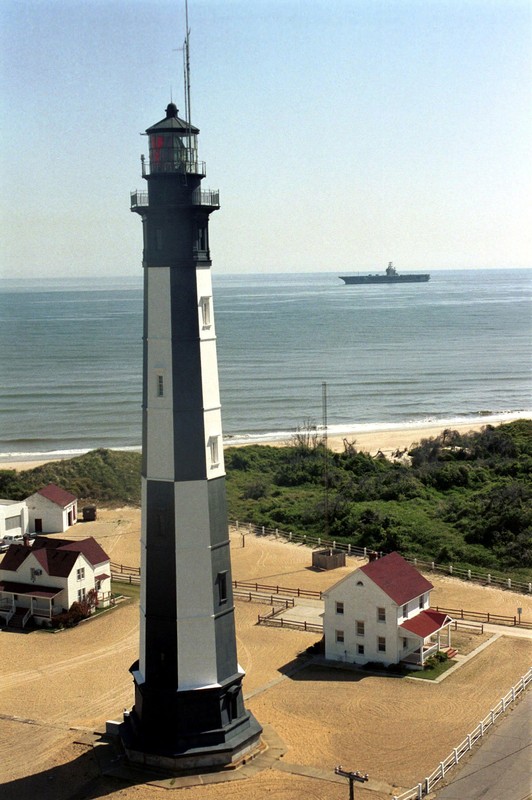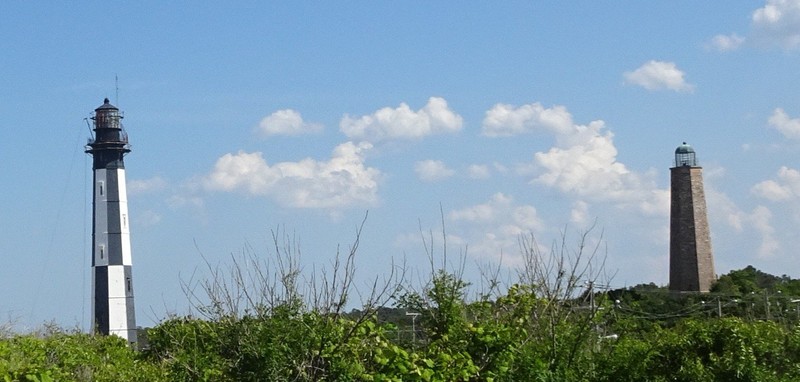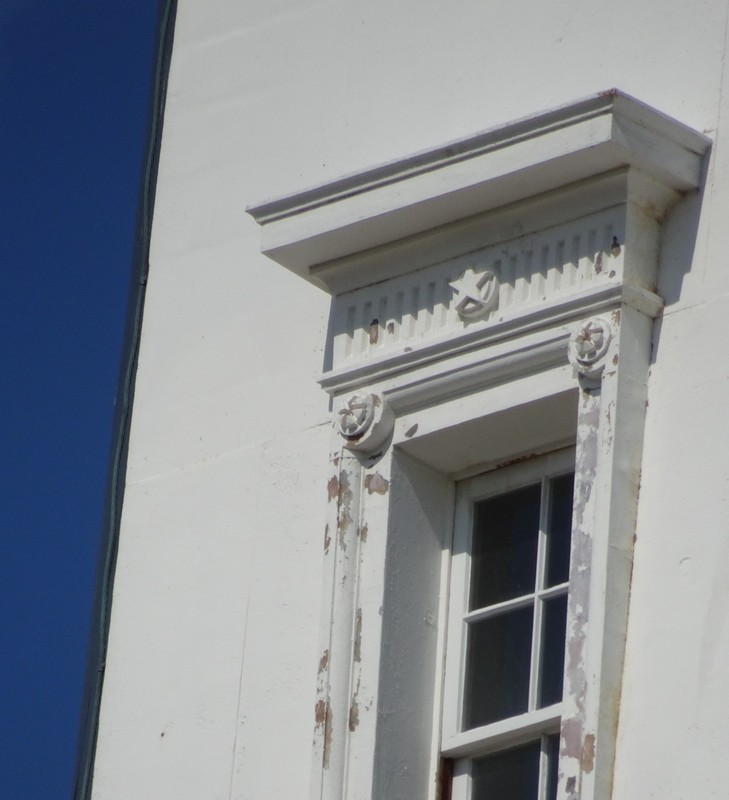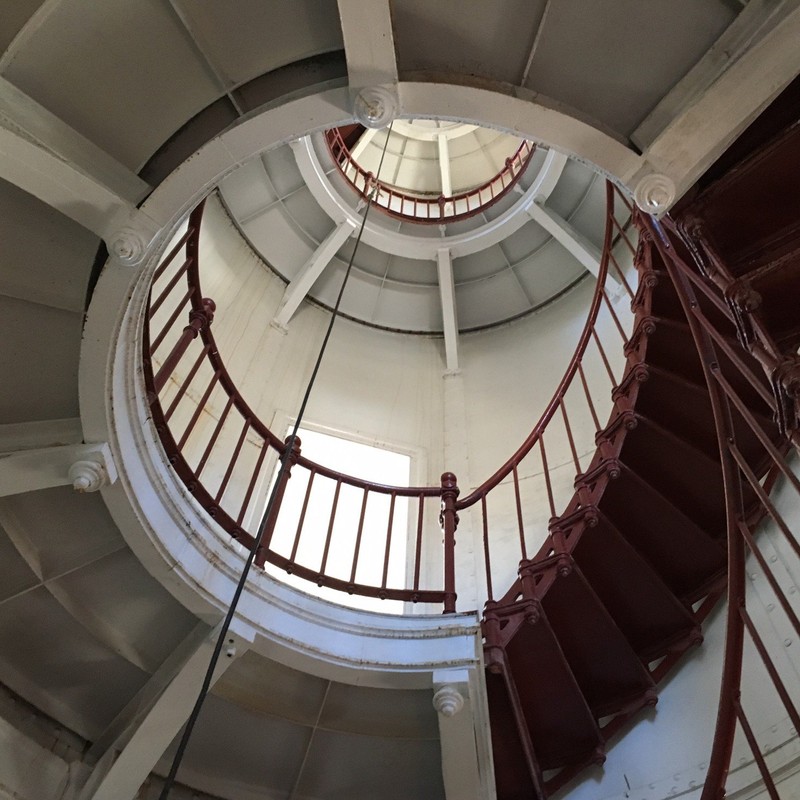Second Cape Henry Lighthouse (1881)
Introduction
Text-to-speech Audio
Images
U.S. Navy, Photographer's Mate 1st Class Eric Clement - U.S. Navy NewsStand photo ID 010430-N-1328-009 U.S. Navy NewsStand




Backstory and Context
Text-to-speech Audio
After several inspections were done that reported structural damage and instability in the foundation of the original Cape Henry Lighthouse, in 1878 Congress granted the Lighthouse Board a grant of $75,000 to start the construction of a new lighthouse ("New Cape Henry, VA").
Plans had been drawn up by 1879, and construction soon started but several setbacks occurred involving the metal work with the cast iron, the transportation of the materials, and land negotiations for building. In addition, another $25,000 was appropriated to the Lighthouse Board for the lighthouse's construction. Despite the setbacks, the lighthouse was completed in December 1881, and the older Cape Henry Lighthouse was retired ("New Cape Henry, VA)".
The Second Cape Henry Lighthouse stands 170 ft tall, and has a range of 18.5 miles. It is painted a very distinctive pattern of alternating white and Black stripes. The exterior is constructed of cast iron plates, and it sits on a granite foundation. The plates vary in thickness from 1 1/2 inches at the lower sections, each weighing approximately 1,200 pounds, to 1/2-inch-thick plates in the upper sections. The estimated weight of the total ironwork is 1,700,000 pounds including 7,000 pounds of bolts.
The entrance and base windows are decorated with cast-iron segmental pediments and elaborate moldings. Over the door is the date "1879," the year construction began, with a star on each side. The double-door entrance is 10 feet wide and 10 feet high. On the interior the staircase has 180 steps and six landings. There are another 27 steps from the service room to the watch room and finally to the lantern room, making a total of 207 steps.
In 1984 the lighthouse became fully automated, and no longer needed a keeper. Today it is maintained by the Coast Guard, and remains in use. This lighthouse is widely considered one of the most important lighthouses on the east coast. It's light, which is a first-order Fresnel lens, is still used for navigation by ships coming into the Chesapeake bay ("New Cape Henry Light").
In 2002 it was determined that the lighthouse met the requirements to be added to the National Register of Historic Places and it was given the official designation (Clifford).
Sources
https://web.archive.org/web/20060508002131/http://www.lighthousefriends.com/light.asp?ID=449.
Jenkins, Matthew B.. New Cape Henry Light. Chesapeake Bay Lighthouse Project. Accessed January 22, 2018.
http://cblights.com/lights/newcapehenry.html.
Clifford, Candace, Editor. "Cape Henry (Second Tower) Light Station". Washington, DC: United States Department of the Interior. National Park Service, 2002. https://www.dhr.Virginia.gov/registers/Cities/VirginiaBeach/134-0079_Cape_Henry_Light_Station_2002_F...
